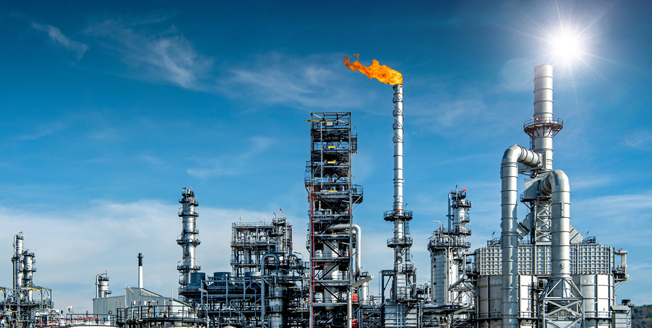
Oil & gas industry, refineries and chemical plants, have the risk of emitting pollutants into the environment. Our solutions mitigate this risk for public health concerns and ensure regulatory compliance.
Introduction and Background
Certain industries, such as refineries and chemical plants, have the risk of emitting pollutants into the environment. To mitigate this risk, "fenceline monitoring" involves strategically placing air quality sensors around the perimeter of these facilities. This method is vital for continuously assessing air quality and detecting any chemical emissions that could affect local air quality significantly. Such monitoring serves several critical functions:
- Regulatory Compliance: Fenceline monitoring ensures that industrial facilities adhere to environmental laws and regulations by providing tangible data that confirms emissions remain within legal limits.
- Public Health Protection: By offering real-time data on the presence and concentration of hazardous pollutants, this monitoring technique plays a crucial role in safeguarding the health of nearby communities. It facilitates timely health risk assessments and the deployment of emergency responses if dangerous chemical levels are detected.
- Operational Improvements: This monitoring aids facility operators in identifying and rectifying any leaks or inefficiencies in their processes that could lead to excessive emissions.
Traditionally, fenceline monitoring systems utilize technologies like infrared spectroscopy, photoionization detectors, and gas chromatography to detect and quantify low-concentration pollutants. However, the demands for such monitoring, especially in the petrochemical industry, have intensified due to tighter global environmental regulations and more stringent enforcement of existing laws. For instance, regulatory bodies worldwide, including the U.S. Environmental Protection Agency (EPA), have imposed more detailed guidelines and requirements for emissions monitoring. The Royal Commission of the Kingdom of Saudi Arabia, for example, has recently broadened the scope of its Environmental Regulations (RCER), reflecting heightened community concerns near petrochemical facilities and a greater focus on sustainability and corporate responsibility.





